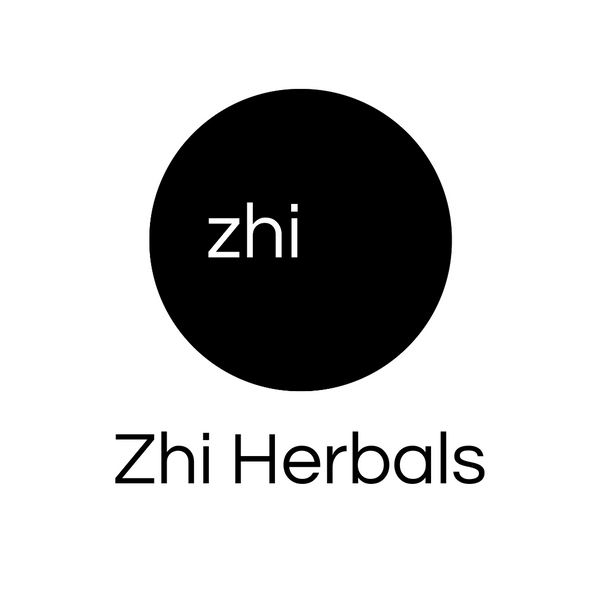Collection: Products
-
14 Mushroom Full Spectrum Blend Capsules (Organic)
Regular price From $54.99 CADRegular priceUnit price / per -
14 Mushroom Full Spectrum Blend Powder (Organic)
6 reviewsRegular price From $11.99 CADRegular priceUnit price / per -
Alfalfa Leaf (Organic)
2 reviewsRegular price From $9.99 CADRegular priceUnit price / per -
Alfalfa Leaf Capsules (Organic)
Regular price From $24.99 CADRegular priceUnit price / per -
Allergy Relief Tea (Organic)
Regular price From $14.99 CADRegular priceUnit price / per -
Angelica Root (Organic)
1 reviewRegular price From $11.99 CADRegular priceUnit price / per -
Anise Seed (Organic)
Regular price From $8.99 CADRegular priceUnit price / per -
Anise Seed Powder (Organic)
Regular price From $9.99 CADRegular priceUnit price / per -
Anti-Candida Tea (Organic and Wildcrafted)
1 reviewRegular price From $9.99 CADRegular priceUnit price / per -
Anti-Gas Tea (Organic)
Regular price From $9.99 CADRegular priceUnit price / per -
Anti-Stress Tea (Organic)
3 reviewsRegular price From $9.99 CADRegular priceUnit price / per -
Ashwagandha Root (Organic)
1 reviewRegular price From $8.99 CADRegular priceUnit price / per -
 Sold out
Sold outAshwagandha Root Capsules (Organic)
Regular price From $34.99 CADRegular priceUnit price / per -
Ashwagandha Root Powder (Organic)
2 reviewsRegular price From $8.99 CADRegular priceUnit price / per -
Astragalus Root (Organic)
2 reviewsRegular price From $8.99 CADRegular priceUnit price / per -
Astragalus Root Capsules (Organic)
Regular price From $34.99 CADRegular priceUnit price / per
















